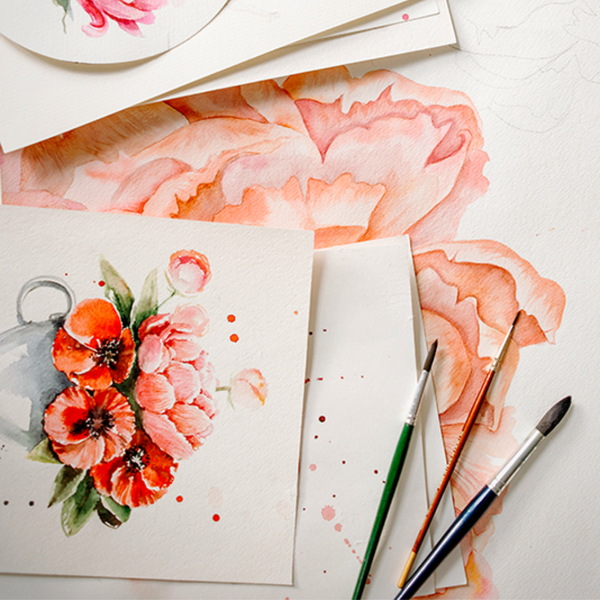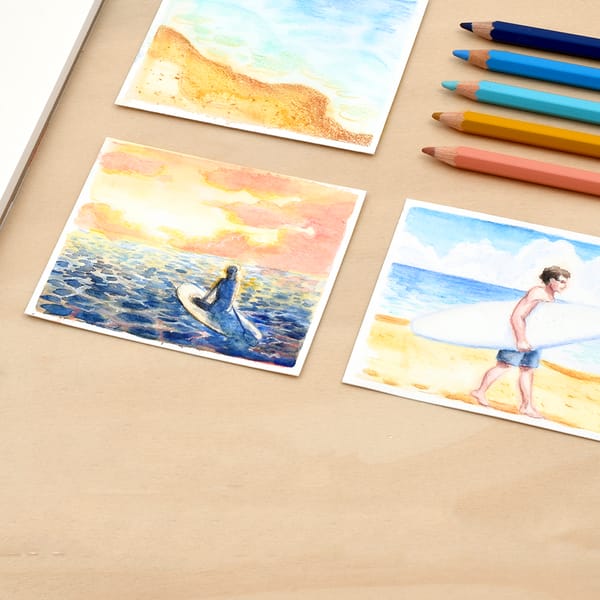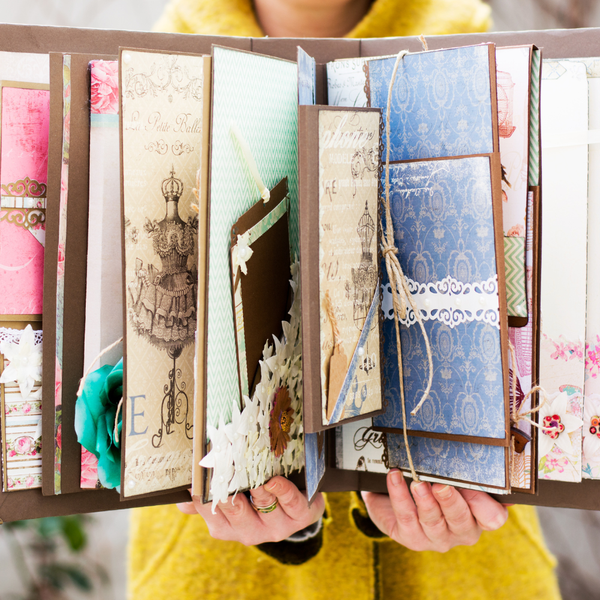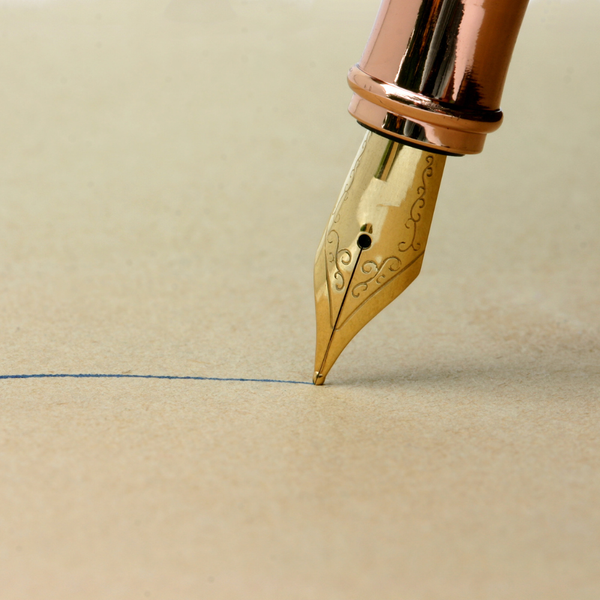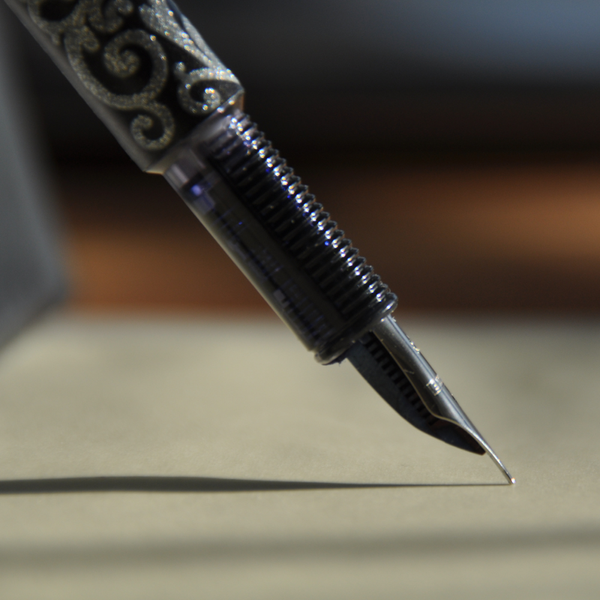So, you've decided to take up pottery making? Congratulations!
Pottery began with our ancestors using their hands to form the clay and shaping clay into something useful.
Working with clay is a rewarding and therapeutic experience that can be enjoyed by people of all ages and skill levels.
Fortunately, modern potters have a variety of tools at their disposal to help them create beautiful pieces quickly and easily.
But before you can start creating beautiful works of art, you'll need to familiarize yourself with the basic pottery tools.
In this pottery beginners' guide, we'll give you a rundown of a few tools every potter needs, as well as some of the more advanced tools that can be used to achieve specific effects when making pottery.
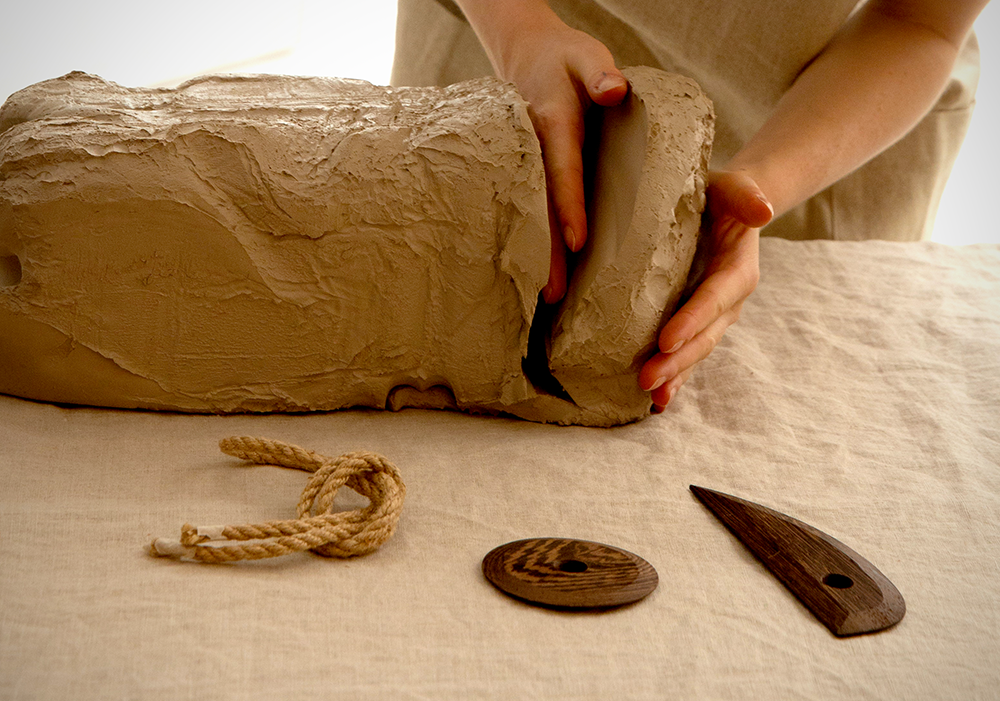
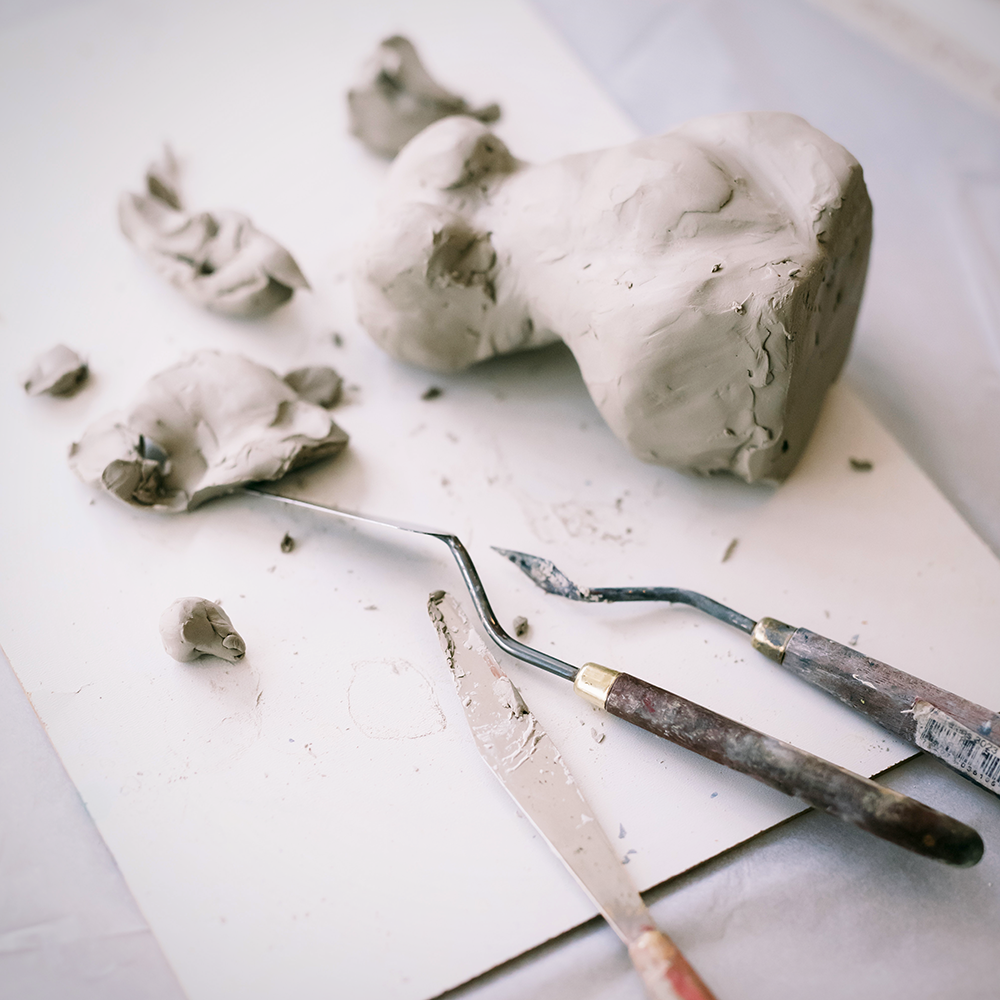
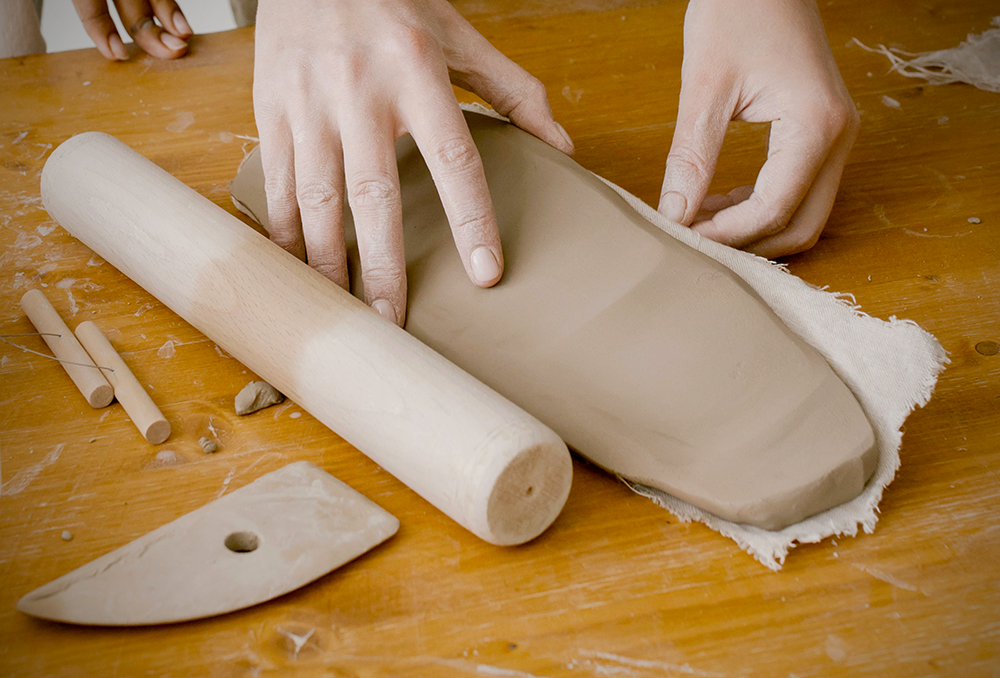
Working with Clay
The first step in creating ceramics is working with the clay.
The types of clay you choose will depend on what type of pottery you're making.
For example, earthenware clay is best for functional pieces that will be used in the home, while stoneware clay is better suited for sculpture or decorative pieces.
There are also special types of clay, like polymer clay, that don't need to be fired in a kiln.
No matter what type of clay you use, it's important to condition the clay before starting to work with it.
You can choose to use pottery wheels or hand building techniques; you can even work in a professional pottery studio.
This can be done by kneading or wedging the clay with your hands, or another method is clay rolled using a rolling pin and slab roller to flatten it.
In addition to clay, you'll need some tools to help cut and shape the clay into whatever design you have in mind.
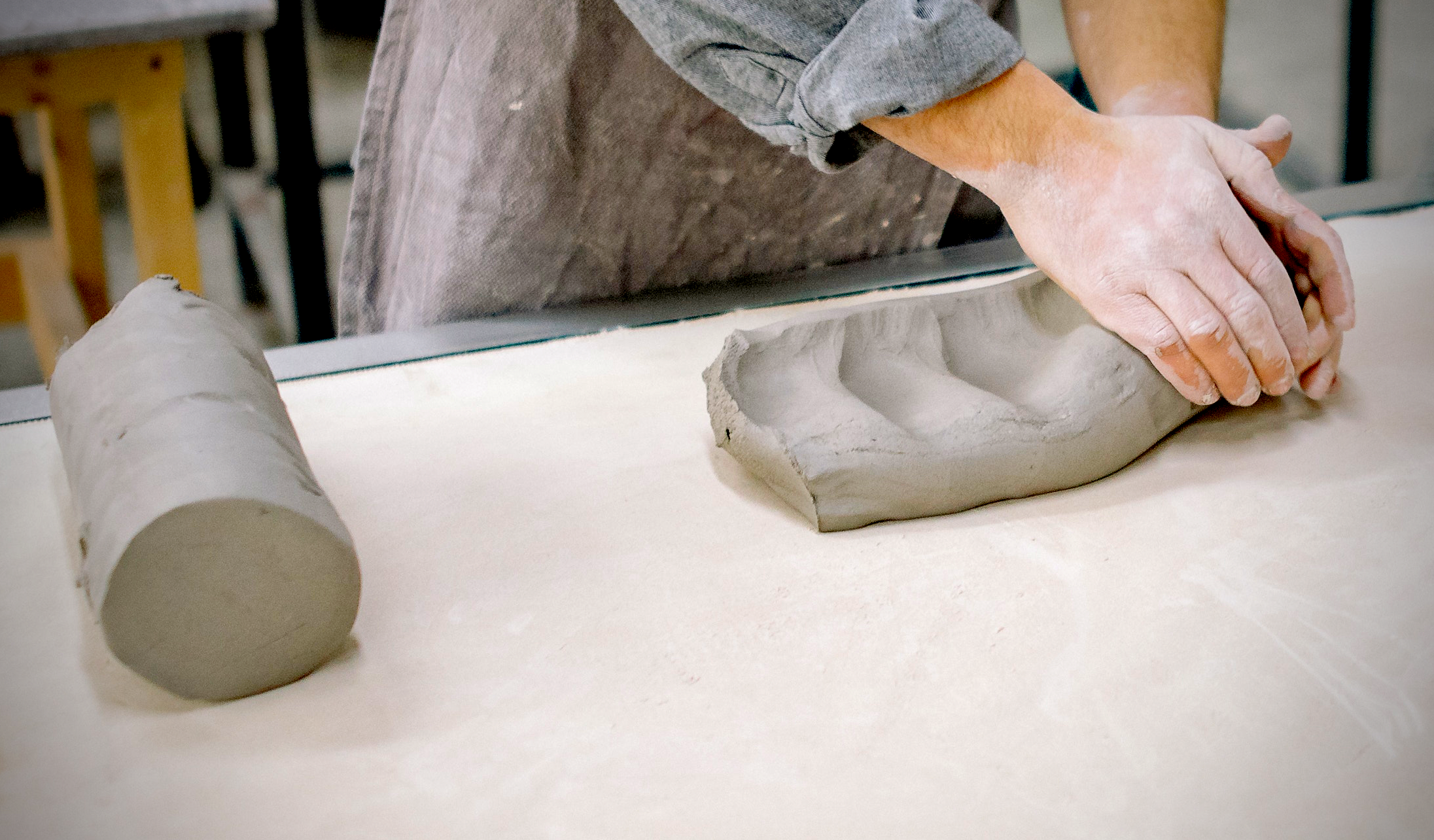

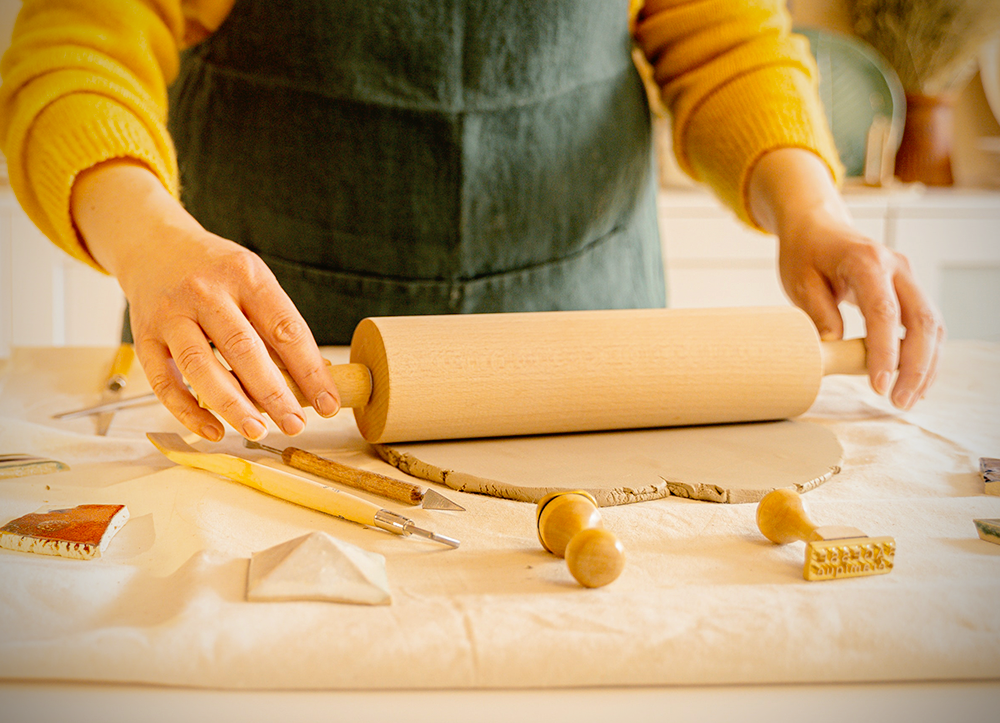
The Essentials
Every potter needs a few basic tools in their arsenal, regardless of their skill level.
Pottery tools range from simple and inexpensive items like wooden dowels and metal ribs to more specialized tools like loop tools, wire cutters, and modeling tools.
Each of these tools serves a different purpose and will enable you to achieve a variety of effects with your clay.
These are the essentials that every potter should have on hand:
A Kiln
A kiln is used to fire pottery; firing clay is important because it allows the clay to harden and then be glazed.
Prior to glazing, ceramic pieces need to be bisque fired, which requires a bisque firing kiln.
Creating test tiles is great for determining the right glazing temperatures and mixing colors.
The firing process can take anywhere from a few hours to multiple days depending on the type of kiln and the temperature being used.
There are many different types of kilns available on the market, so it's important to research and invest in the right type of kiln for your purposes before attempting to fire any pieces.
There's nothing worse than investing time and money into a piece only to have it crack or warp during the firing process.


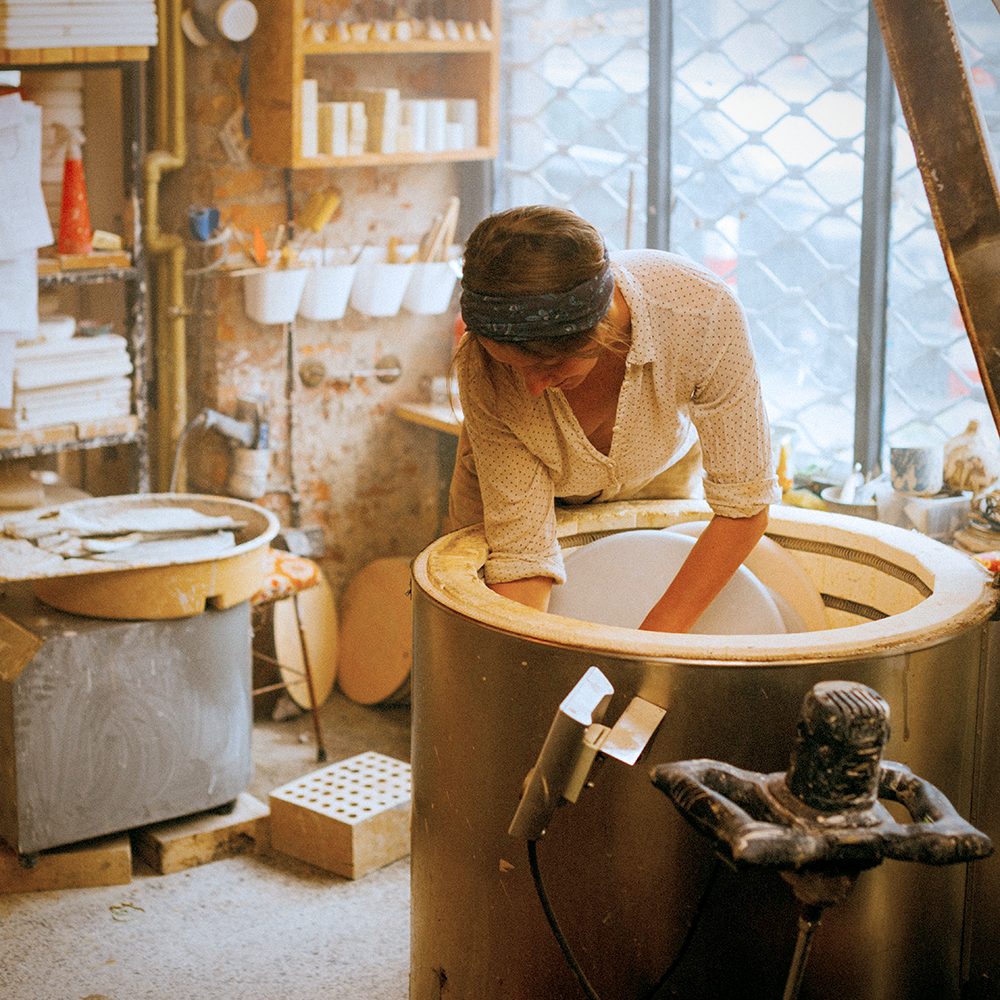
Glazes
After firing your pieces, the next step is to decorate pottery by applying glaze.
Glazes are used to enhance the color, texture, and durability of your pieces.
There are many different types of glazes available, and it can be overwhelming to decide which one is best for your project.
It's important to understand the properties of each glaze you're considering and test them out on a few sample tiles before committing to using it for an entire project.
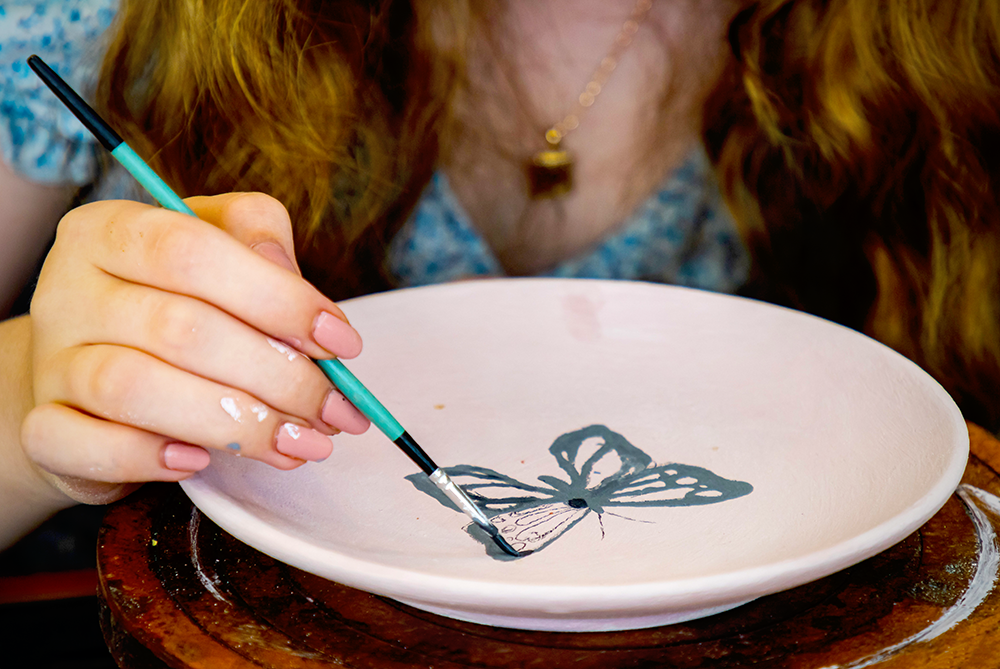
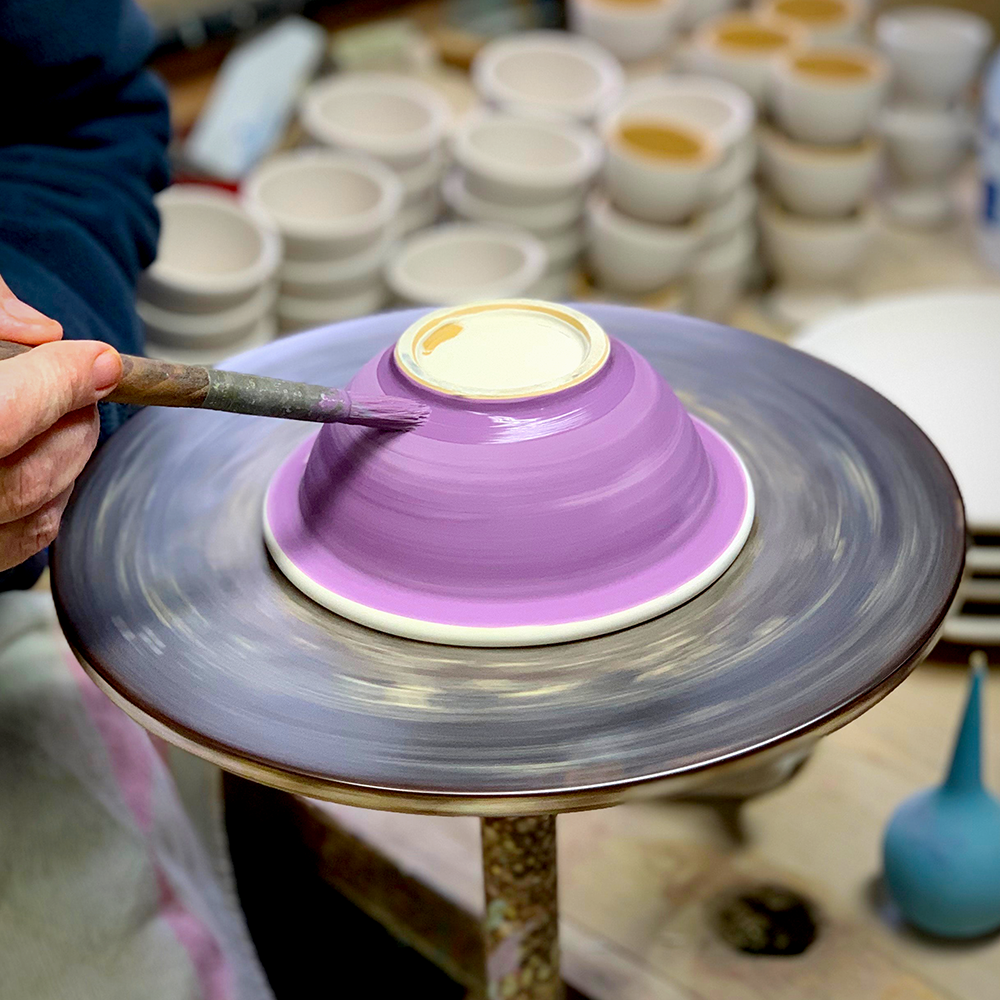
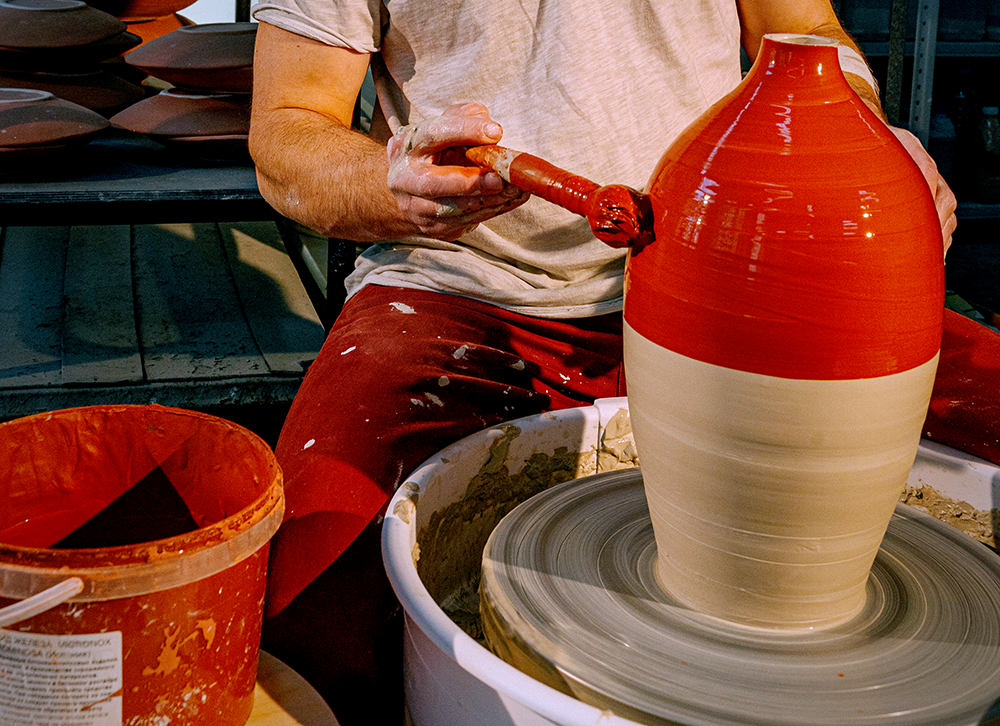
Basic Pottery Tools
In addition to a kiln, there are several basic pottery tools that every potter should have in their toolbox.
These sculpting tools include a wooden rib, metal rib, loop tools, wire cutters, modeling tools, and carving tools.
- A wooden rib is used to smooth the surface of the clay and can also be used to make decorative impressions.
- Metal ribs are great for making curved surfaces, such as cups or bowls.
- Loop tools are useful for trimming clay and making small details, such as handles for mugs or vases.
- Wire cutters are great for cutting clay and shaping it into flat pieces, like plates or tiles.
- Modeling tools help potters create intricate designs and textures on the clay.
- Carving tools can be used to add detailed embellishments to your pots or sculptures.
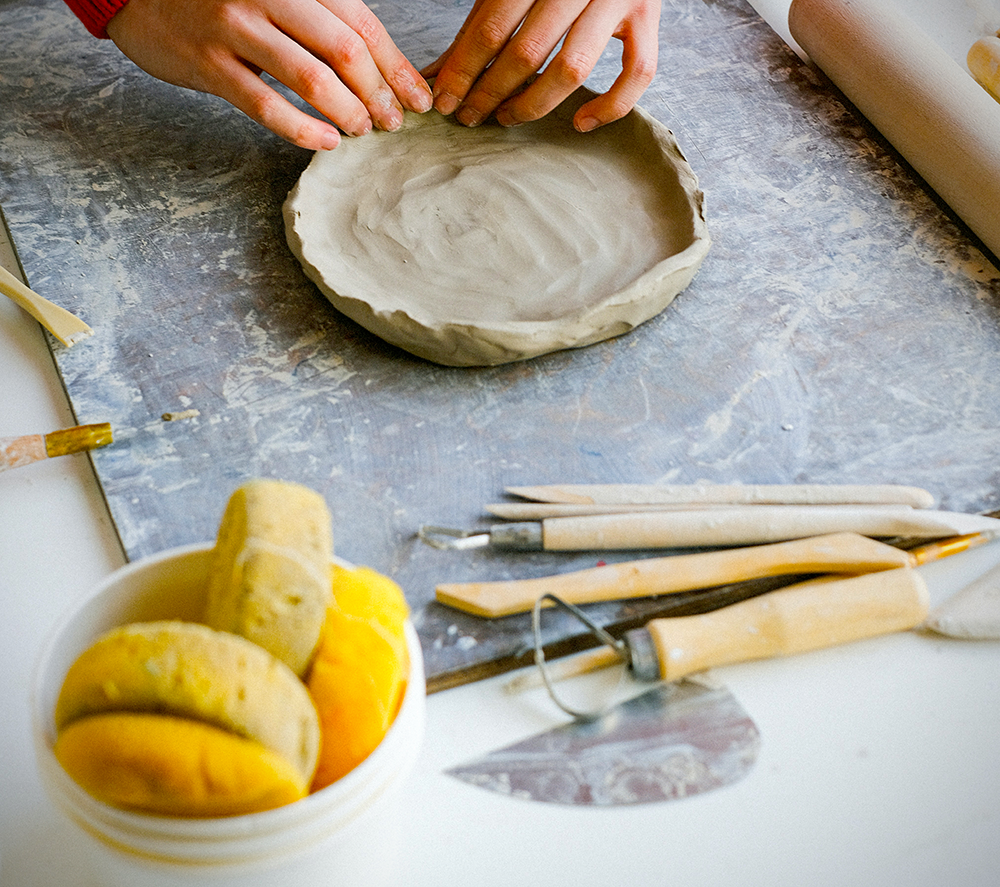
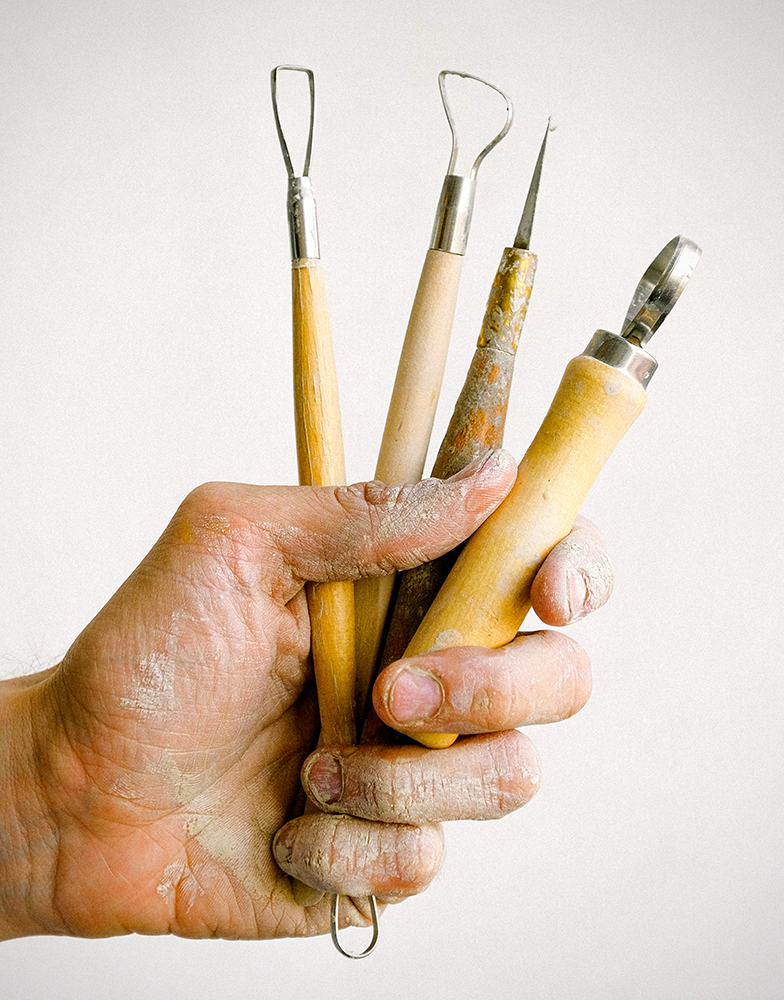
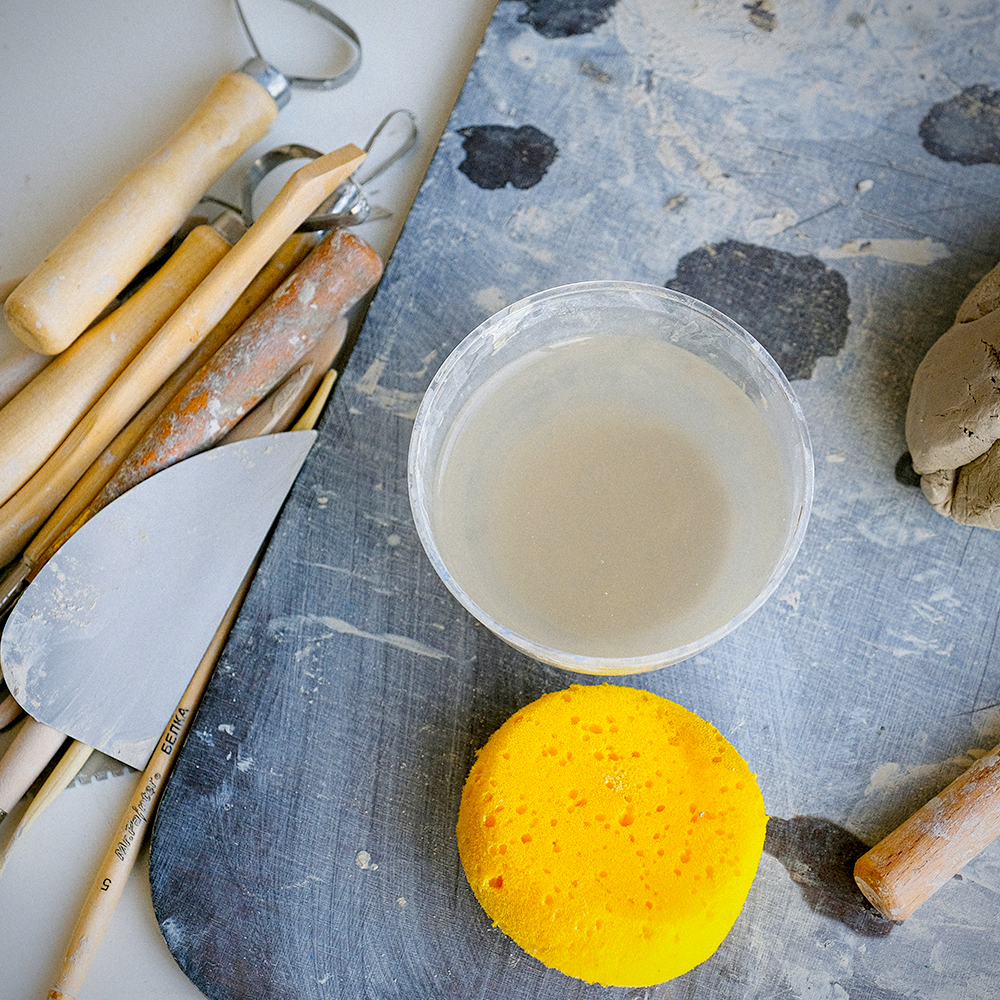
Optional Tools
In addition to the basic tools, there are several optional tools that can be used to create more specific effects.
- Organic modeling tools like wooden and metal spoons are great for creating indentations and other decorative touches.
- Embossing tools can be used to create patterns in the clay.
- Texture tools are perfect for adding texture to the clay, such as striations, a needle tool, or dimples.
- Stencils can be used to create symmetrical shapes and patterns.
- A pottery wheel can be a great investment for those with more experience in ceramics as it makes it easier to achieve symmetrical shapes, perfect curves, bowls, pots, and other pottery. Allowing you to spin clay faster and helping you create more complex pieces, a potter's wheel is an essential piece of equipment for throwing pottery and anyone serious about working with clay.
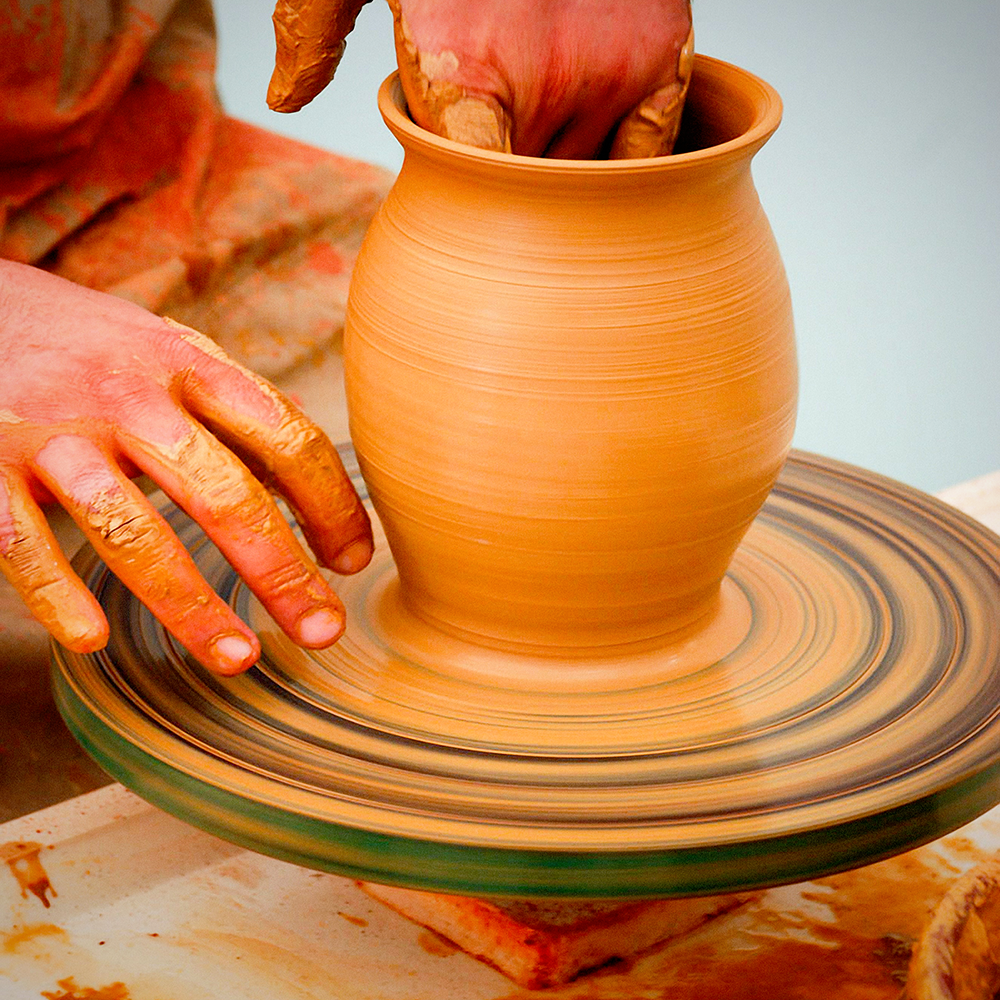
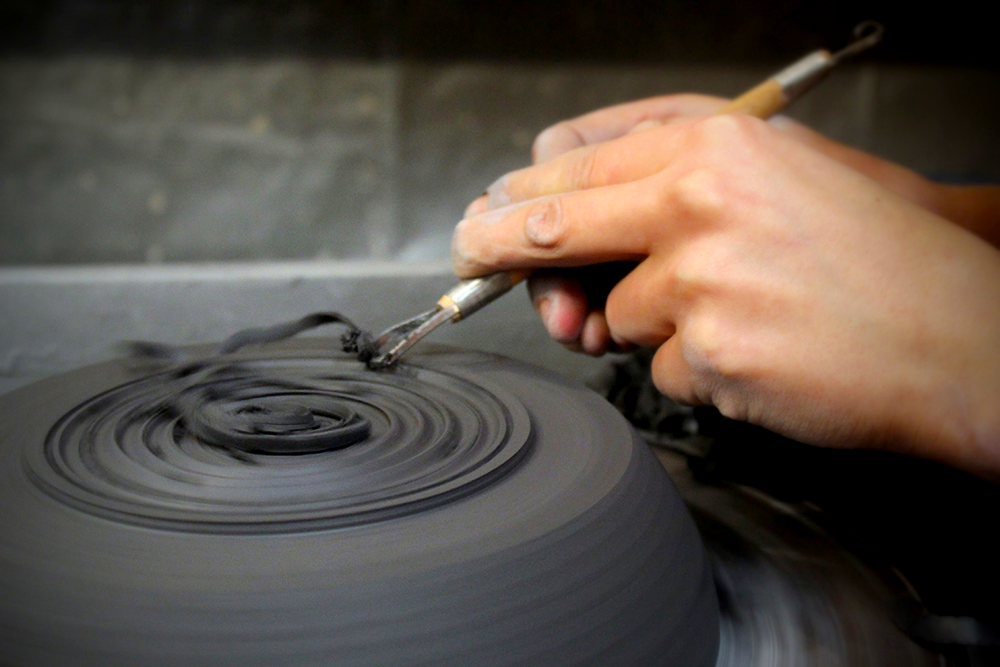
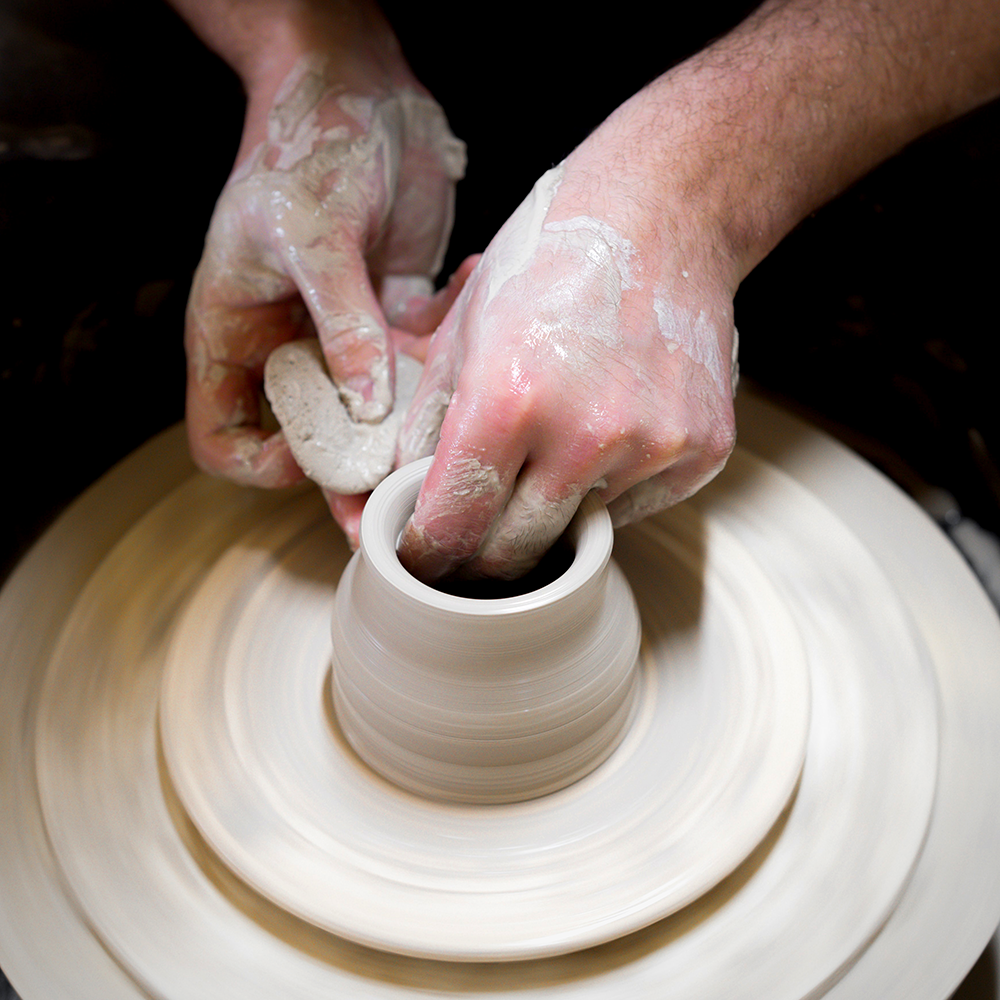
Advanced Tools
Once you have mastered the basics, you may want to explore some of the more advanced pottery tools that can be used to achieve specific effects.
For more experienced potters, there are a range of advanced tools that can be used to create intricate designs, textures and shapes.
These include Sgraffito tools, extruders, molds, stampers and sprigs.
- Sgraffito is a technique whereby patterns or images are scratched into the surface of wet clay. Sgraffito tools can be used to create intricate designs on your pieces.
- Extruders are used to create cylindrical shapes and are excellent for making handles, spouts or legs.
- Molds can be used to create more complex pieces quickly and easily.
- Stampers and sprigs are perfect for adding an organic feel to the clay.
By combining these tools, potters can create truly unique and beautiful pieces of pottery.
Investing in the right tools and understanding each one's properties allows you to use these tools to their fullest potential.
If you need help, don't hesitate to find resources online or take a pottery class!
With practice and the right tools, you can create stunning pieces of pottery that will last a lifetime.



Creating With Your Pottery Tools
Whether you're just getting started or you're a seasoned pro, having the right pottery tools on hand is essential for any project.
No matter what kind of pottery you're creating, using all the tools right for the job makes a huge difference in your success and enjoyment of the craft.
With a wide range of tools available, you can find the perfect tool for any job and create beautiful pieces that will impress your friends and family!
In this article, we've given you a rundown of the essential tools every artist needs, as well as some of the more advanced tools that can be used to achieve specific effects.
So, what are you waiting for?
Get out there and start your pottery journey!
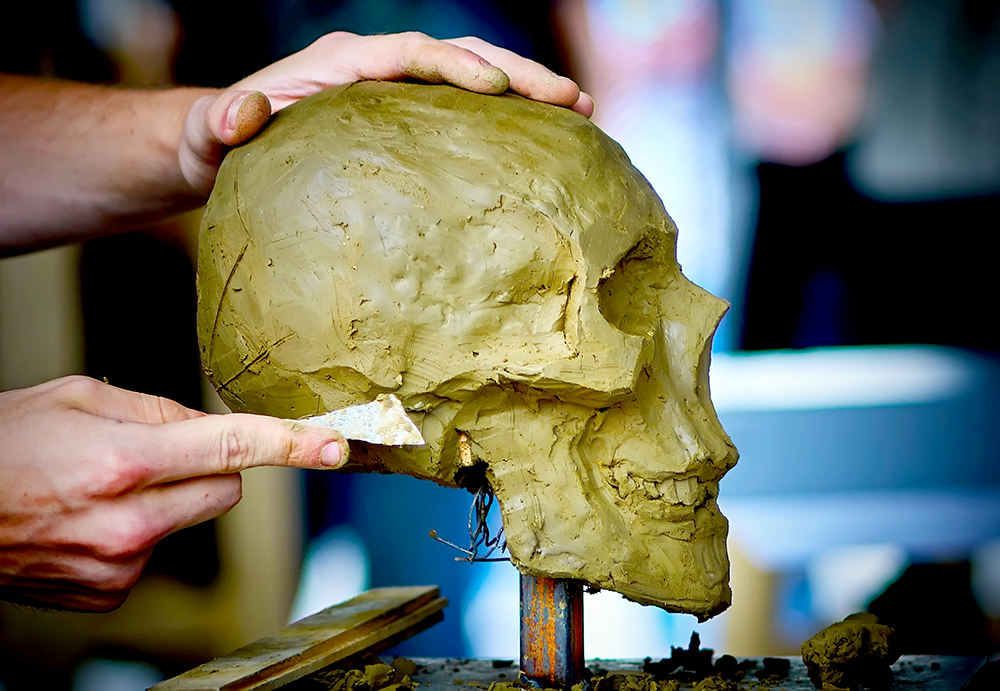
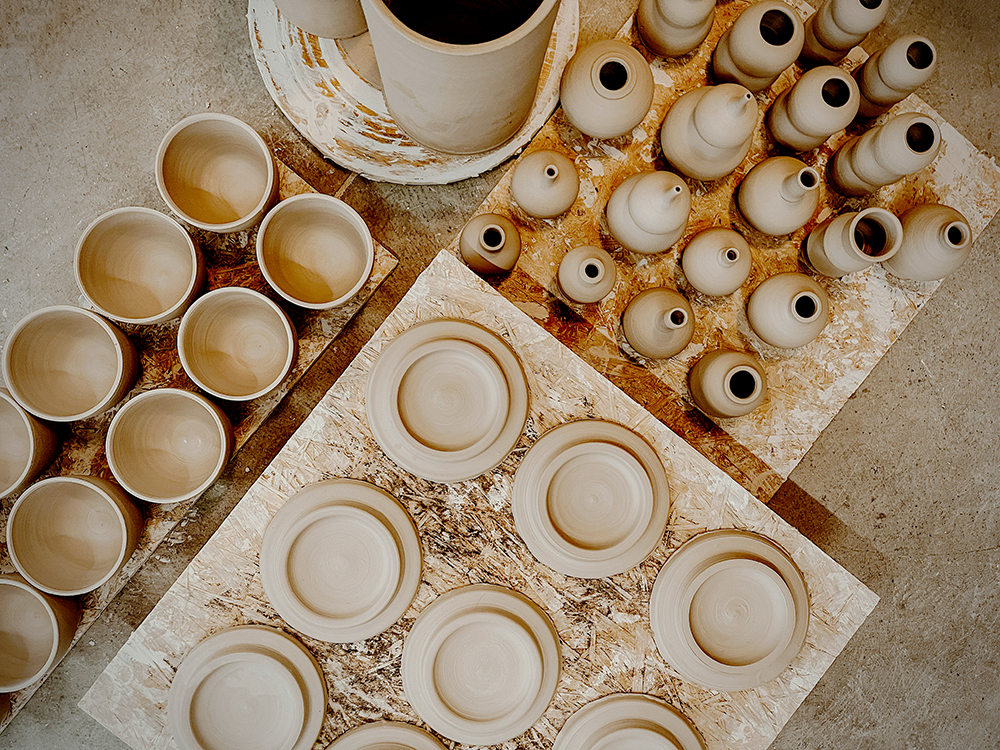

If you're eager to learn more about pottery tools, check out Jonthepotter's video!
Want even more content about creativity and art?
Be sure to check out all of our creative chronicles!
Love pottery and working with clay?
Check out some of our other ceramic articles:





